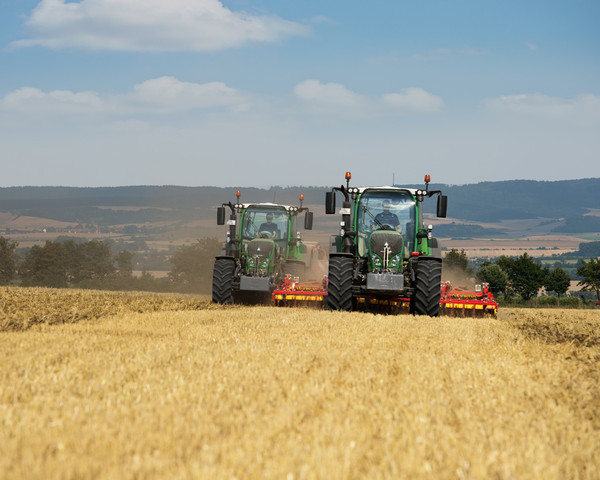
EU Agriculture: equipment markers urge new guidelines
The EU's farm equipment makers urge a switch to precision farming as one path to ensure improved farm incomes and environmental sustainability
The medium term of European farming lies not so much in the search for greater productivity as an improvement in the farmers’ general living conditions, according to a position paper drawn up by CEMA, the committee representing the EU farm equipment manufacturers.
The EU’s Common Agricultural Policy (CAP) is currently up for debate in a medium term perspective. According to CEMA, agricultural incomes are currently about 50% lower than EU incomes as a whole. The result is not only limitations on the resources available for spending and investment, but also factors in the farmers’ quality of life, their welfare, general well-being, work and training.
At the same time, however, between 1995 and 2011, the TFP or Total Factor Productivity index, which gives an important measure of farming’s efficiency in using factors such as water resources, equipment, labour, etc. in achieving the given output, has been running consistently lower than the growth rates to be hoped for, given the importance of EU agriculture in global food security.
According to CEMA, between 1995 and 2002, TFP in the then 15-nation Eurozone grew by only 1.6%, just under the threshold of 1.8% usually taken as triggering alarm for how the agricultural sector is going. In 2002 to 2011, the rate of TFP growth slumped even lower, to only 0.3% a year. From these figures, CEMA deduced the fragility of European farming in economic and social terms.
One aspect is the low expectations of finding a good job in farming. Only 14% of the EU’s farmers are under 40, one of the main reasons why CEMA thinks improvements in productivity should be channelled to improving the lot of the farmer, thus making the profession more attractive to younger recruits.
The position paper argues that the dynamics of agricultural production and productivity should improve TFP performance by moving towards precision farming for sustainable development in the sector.
According to CEMA, precision agriculture and “intelligent machines” will “help farmers increase their productivity sustainably.”
The paper said that, thanks to satellite technology and the use of sensors to monitor and catalogue agricultural operations, “intelligent machinery makes it possible to increase harvests while reducing the use of productive factors.”
Financial resources needed to encourage this virtuous evolution should be made available through mechanisms used by Articles 68 and 69 in the 2007-2013 CAP.
These allowed member countries to use 10% of what was then known as the First Pillar budget handling economic, social and environmental project on the improvement of agricultural productivity.
Today, CEMA suggested, 5-10% of funding allotted in these fields or the unspent funds left in the security and foreign relations budget could be earmarked for agricultural productivity.
CEMA said the funds could make an important contribution to optimising EU agriculture and transforming the agricultural sector into a magnet for new recruits and investments.








